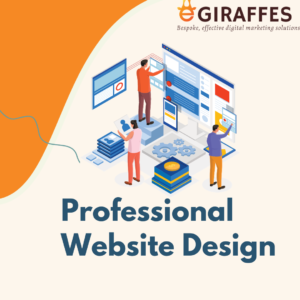As technology continues to evolve at lightning speed, web design trends are constantly changing. From dark mode and minimalistic design to AR and bold typography, here are some of the top website design trends to look out for in 2023.
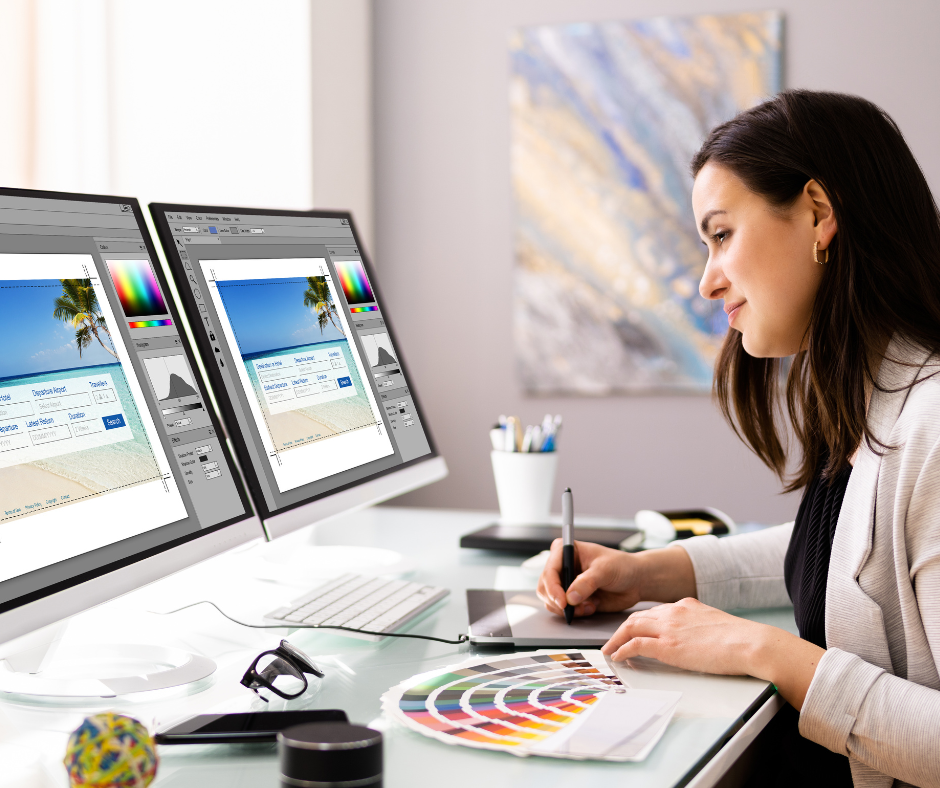
1. Dark mode design: First up, we have the website design trend that’s so hot right now it’s practically on fire – dark mode design. With more and more platforms adopting this sleek and stylish look, it’s only a matter of time before web designers start following suit. That means designing websites with a dark background that’s optimized for low-light conditions. Say goodbye to eye strain and hello to cool, moody vibes.

2. Accessibility: As the world becomes more aware of the importance of inclusivity, web designers will need to step up their game and create websites that are accessible to everyone, including those with disabilities.
That means designing with assistive technology in mind and making sure that websites comply with accessibility standards. Because let’s face it, nobody likes a website that’s difficult to navigate or impossible to use.
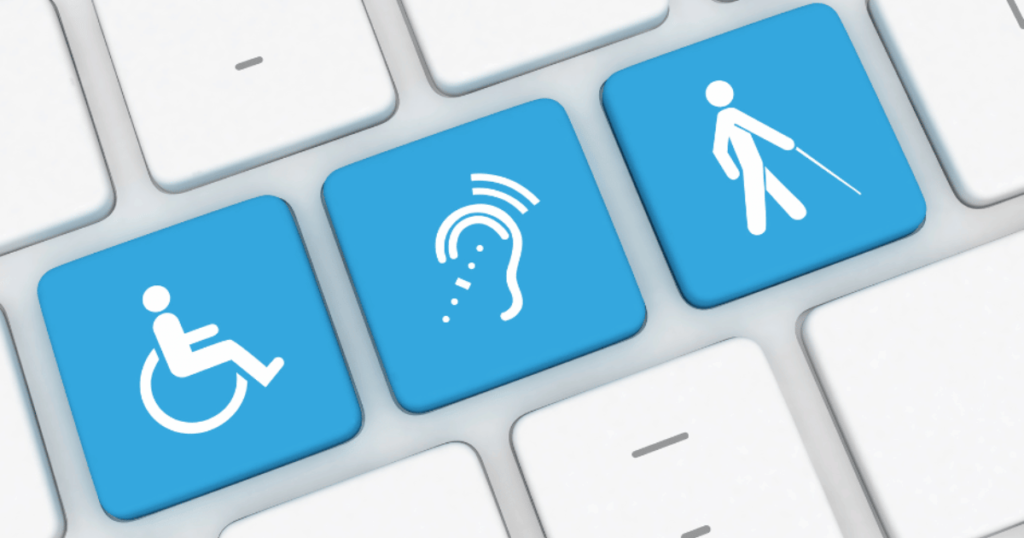
3. Voice user interface (VUI) design: Moving right along, we have the rise of voice user interface (VUI) design. With voice assistants and smart speakers becoming more and more prevalent, it’s essential for web designers to create websites that are optimized for voice search and voice commands. Hey, Alexa, are you ready for this? 😉
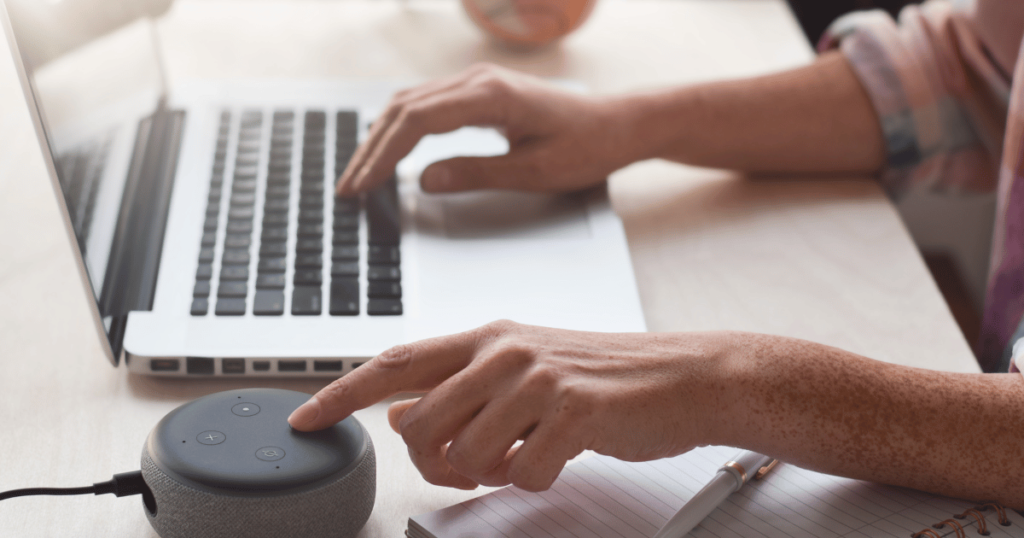
4. 3D design: Let’s not forget about 3D design. As technology advances, web designers will start incorporating 3D elements into their designs to create more immersive experiences for users. Because who doesn’t want to feel like they’re living in a virtual reality world?
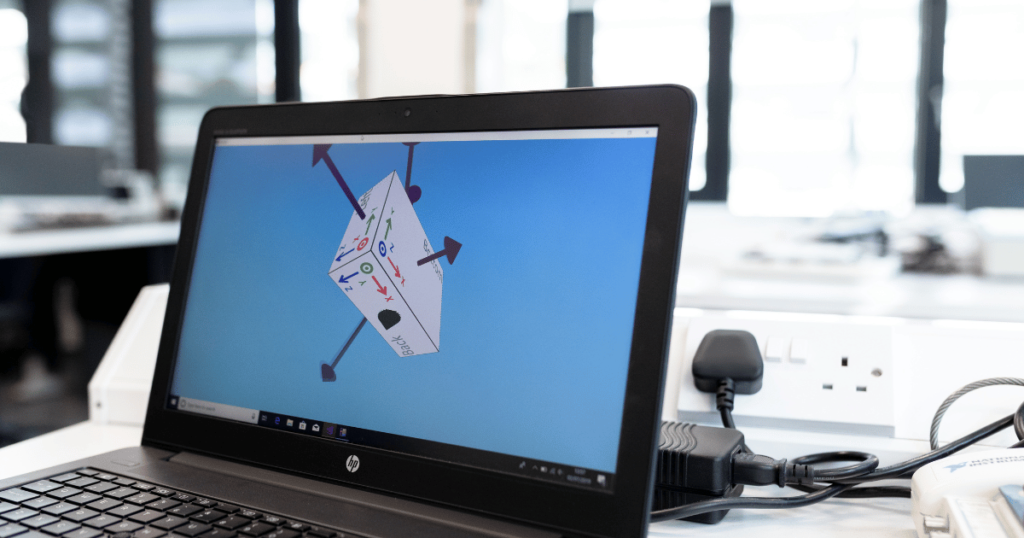
5. Performance optimization: With the increase in mobile devices and slow internet speeds in some areas, web designers need to focus on optimizing website performance for fast load times and a smooth user experience. That means optimizing images and other assets, reducing page load times, and implementing other performance optimizations. Because let’s face it, nobody likes waiting around for a website to load.
6. Augmented Reality (AR) Design: With AR technology taking the world by storm, web designers may start incorporating AR elements into their designs to create more interactive and immersive experiences for users. Who needs reality when you can have augmented reality, am I right?

7. Minimalistic Design: As attention spans continue to shrink faster than a wool sweater in the dryer, web designers may opt for a more minimalistic design approach that focuses on simplicity and clarity. Because sometimes, less is more (except when it comes to chocolate).
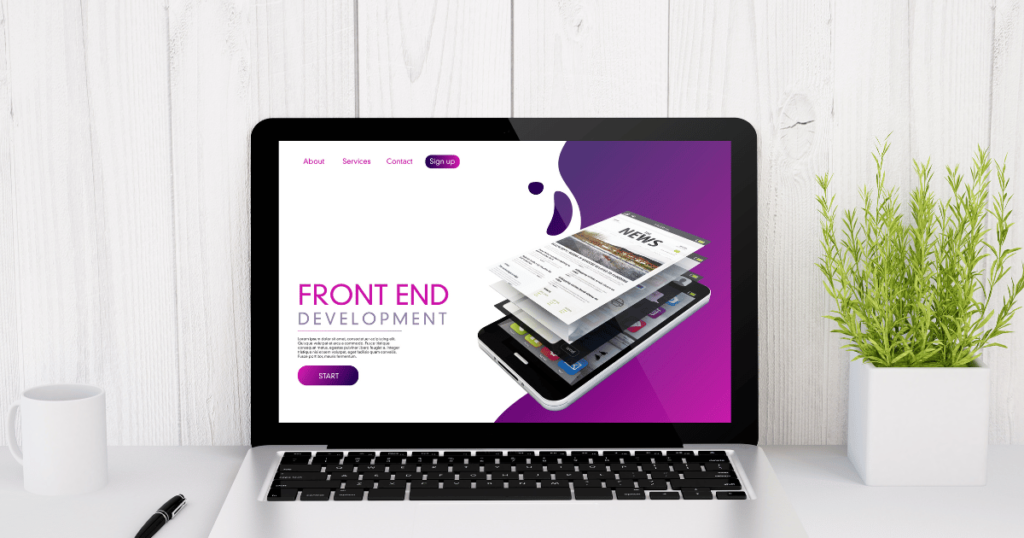
8. Micro-interactions: Micro-interactions are those little details in a website that make the user experience feel more personal and engaging. From animated buttons to hover effects, these tiny interactions can make a big impact on user engagement. It’s like adding a cherry on top of a sundae – it’s not necessary, but it sure makes it a lot more fun.
9. Bold Typography: Typography is more than just choosing a font – it’s about creating a visual language that communicates the tone and personality of a website. In 2023, web designers may experiment with bold and playful typography to create a unique and memorable brand identity. Because why be boring when you can be bold?
10. Storytelling: With so much noise on the internet, it’s more important than ever for websites to tell a compelling story that captures the user’s attention and keeps them engaged. This means using visual storytelling techniques, such as infographics and videos, to create a narrative that resonates with the user. It’s like telling a bedtime story, but instead of putting people to sleep, you’re keeping them up all night scrolling through your website.
Conclusion: From dark mode and accessibility to AR design and bold typography, the website design trends 2023 are all about creating engaging and immersive experiences for users. As web designers, it’s our responsibility to ensure that our designs are not only visually appealing but also inclusive and accessible to everyone. By embracing these trends and putting the user first, we can create websites that make a real impact and drive positive change in the world. Let’s use our design skills to build a better, more inclusive web for all.



